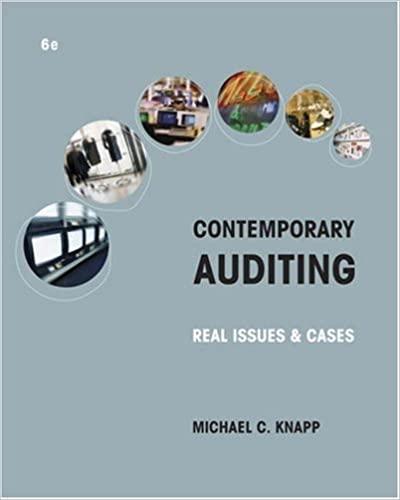Question
Randall Cox is a senior buyer at Quality Foods, a major U.S. multinational food processing company. This company, based in Los Angeles, uses a wide
Randall Cox is a senior buyer at Quality Foods, a major U.S. multinational food processing company. This company, based in Los Angeles, uses a wide variety of fruit concentrates in many of its popular food products. One of Randalls responsibilities is to negotiate purchase contracts for Vitamin C fruit concentrate. Randall is undertaking an analysis to determine the total cost of doing business with one of his existing suppliers, a Chinese producer of Vitamin C concentrate. Quality Foods has used this suppliers product for a number of years and is generally satisfied with the supplier. However, since Vitamin C concentrate is available from various sources, and since it is a commodity item with minimal differentiation, the need to understand total costs is vital to ensure that Quality Foods is working with the lowest total cost supplier.he supplier packages the concentrate (currently priced at $0.38/pound, FOB vessel1 ) in sterilized bags, with each bag containing 60 pounds of product, which workers then place into corrugated boxes. (One 60 pound bag goes into one corrugated box.) The boxes are stacked on wooden pallets, 20 to a pallet, for loading into overseas containers. Each container holds 24 pallets and arrives via ocean freighter at the port of Long Beach. The ocean freight charge is $3,000 per container. Once the containers reach the U.S. port, a trucking company moves each container to a local warehouse for storage at a charge of $350 per container. U.S. Customs calculates import duties to be 20% of the shipments original purchase price. Quality Foods has a demand requirement of one container load per month. Quality Foods stores each container in a public warehouse until needed for processing (average storage is one month). This is the companys version of maintaining safety stock. The monthly storage charge is $7.50 per pallet. In addition, the warehouse charges a one-time transfer fee of $6.50 per pallet to cover administrative costs. The inventory carrying charge at Quality Foods is 22%, which it applies against the unit prices of material in storage at the warehouse, but not for material in-transit from China. Material planners assume that, for planning purposes, the demand for Vitamin C concentrate will be relatively constant over the year. When a container of concentrate is required at the plant, a local freight company moves the container from the warehouse, which costs $200 per container. The company estimates that receiving and quality-control procedures for incoming products cost $5 per pallet. Because of the nature of the product and the distance involved in purchasing and storing the concentrate, supply chain planners estimate they lose 2% of the total concentrate purchased. Manufacturing engineers calculate the budgeted factory yield of the concentrate when blending into company products is 98%; this means the company wastes another 2% of the product by volume during production. This is not recoverable. Occasionally, quality-related issues, such as spoilage, will require removing the product completely from production. Out-of-pocket costs typically total $30,000 for each incident; these costs are not recoverable from the supplier. On average, such incidents with this supplier occur twice a year. In addition to the costs noted here, accounting requires that cost estimators add a 15% assessment to the concentrates unit cost to cover general and administrative overhead costs at Quality Foods when working with international suppliers. (The assessment when working with domestic suppliers is 10%.)
Case Assignment Management has requested that Randall develop a cost estimate to identify the true total cost of buying Vitamin C concentrate from the Chinese supplier. Create a total landed cost model that (a) provides a logical build-up of costs as the concentrate flows across the supply chain, (b) identifies the costs for each cost element and its expected per unit cost, and (c) identifies the total estimated landed cost per pound of the concentrate.
Step by Step Solution
There are 3 Steps involved in it
Step: 1

Get Instant Access to Expert-Tailored Solutions
See step-by-step solutions with expert insights and AI powered tools for academic success
Step: 2

Step: 3

Ace Your Homework with AI
Get the answers you need in no time with our AI-driven, step-by-step assistance
Get Started


